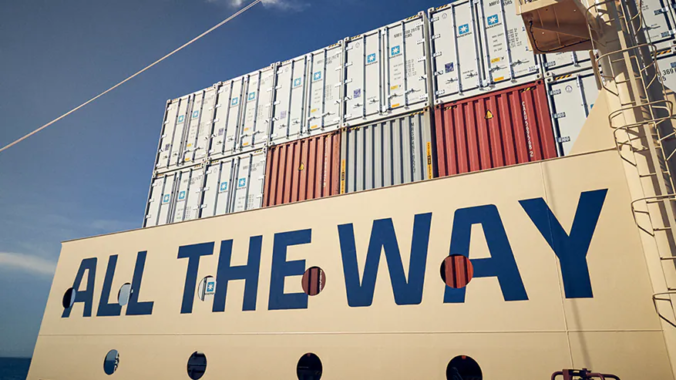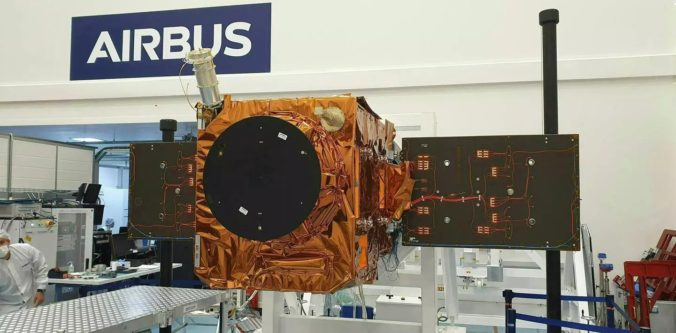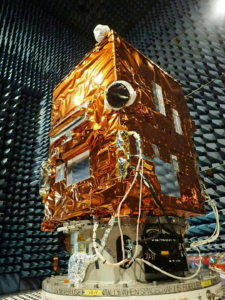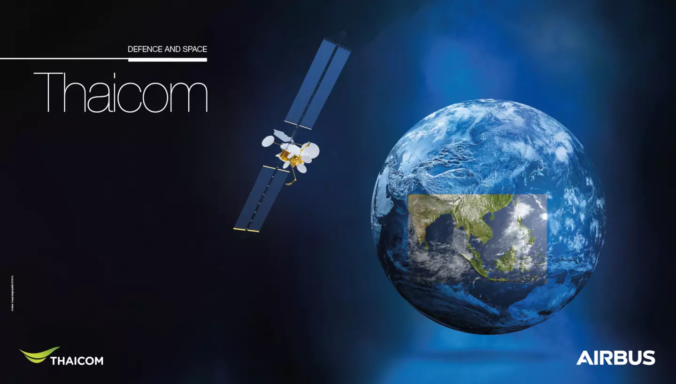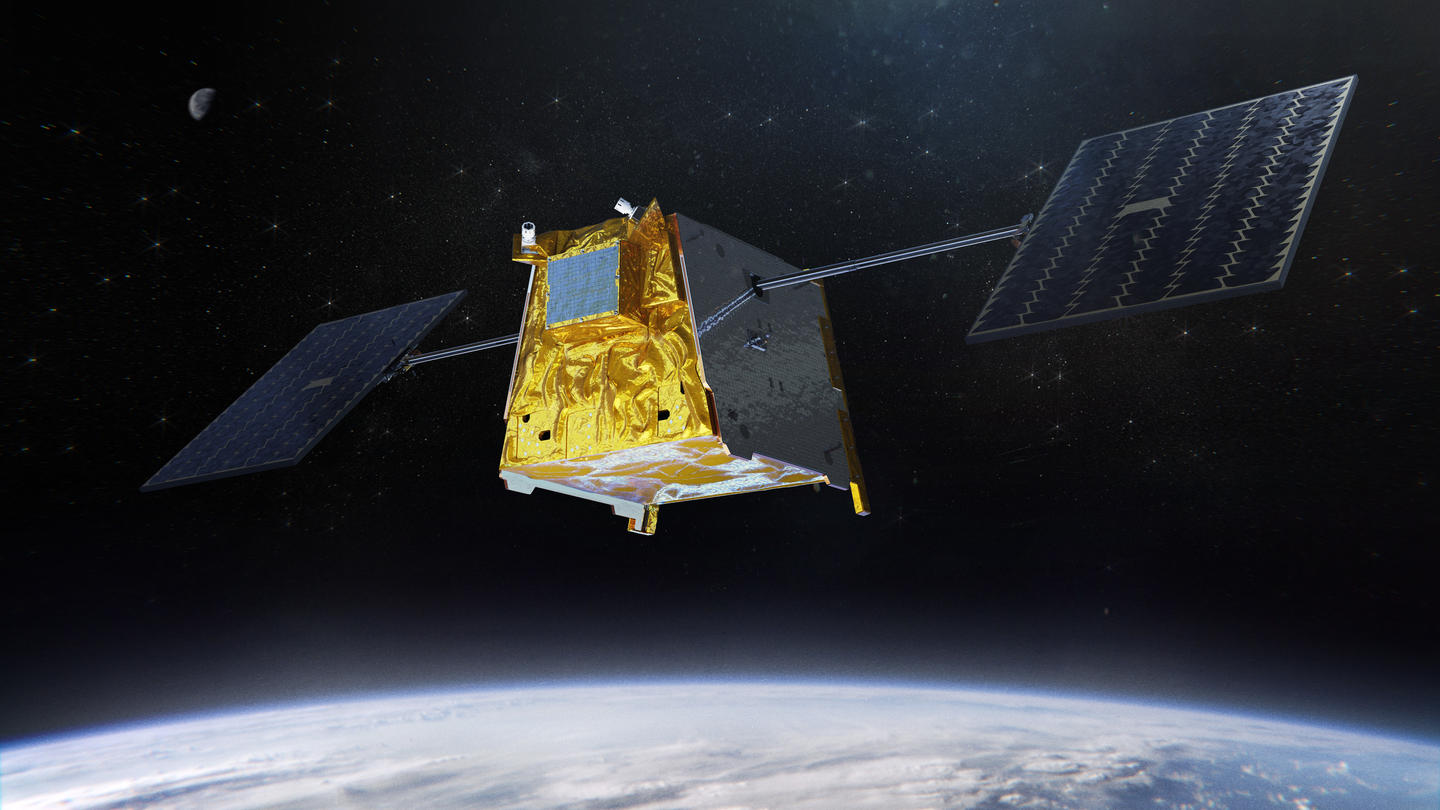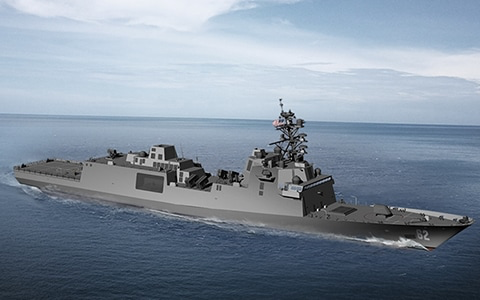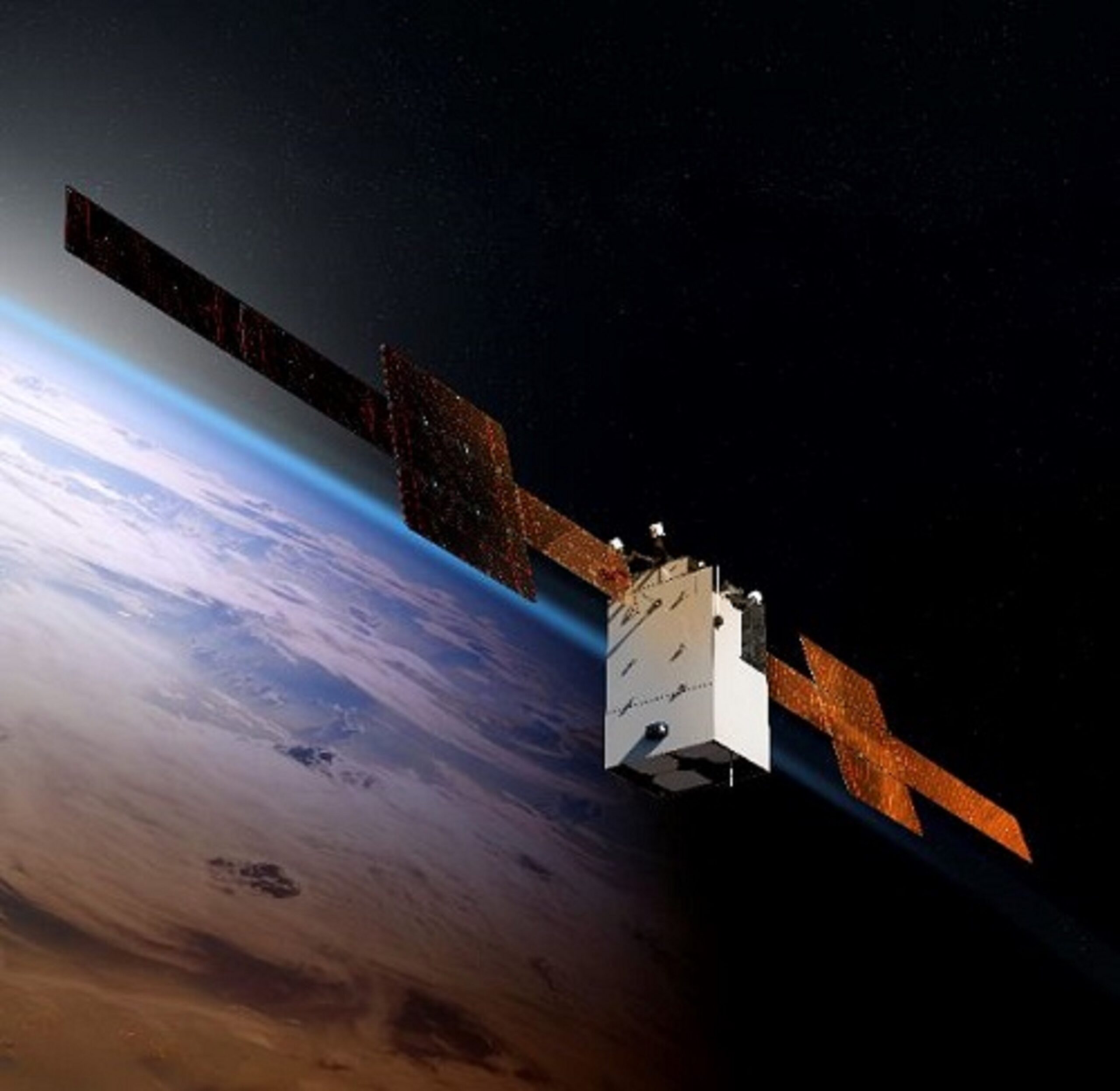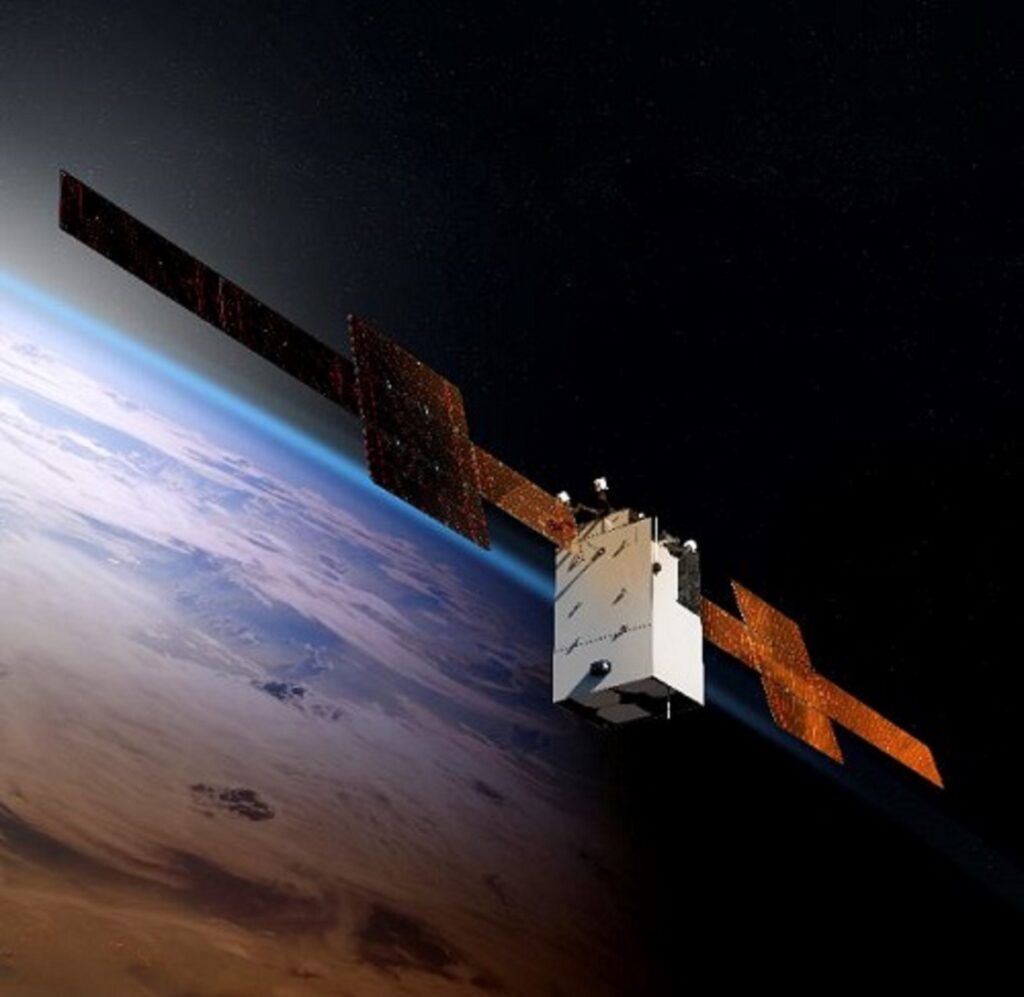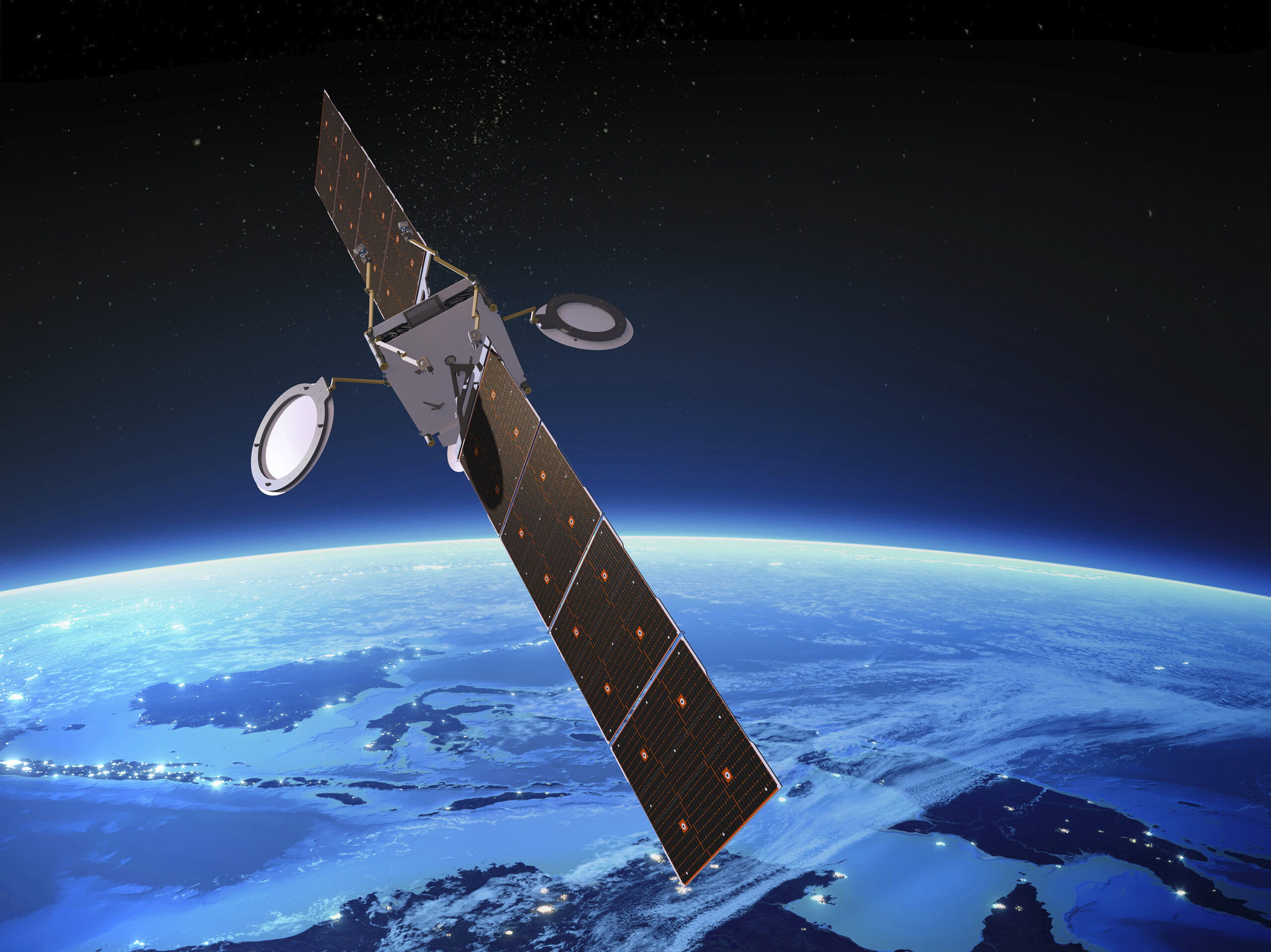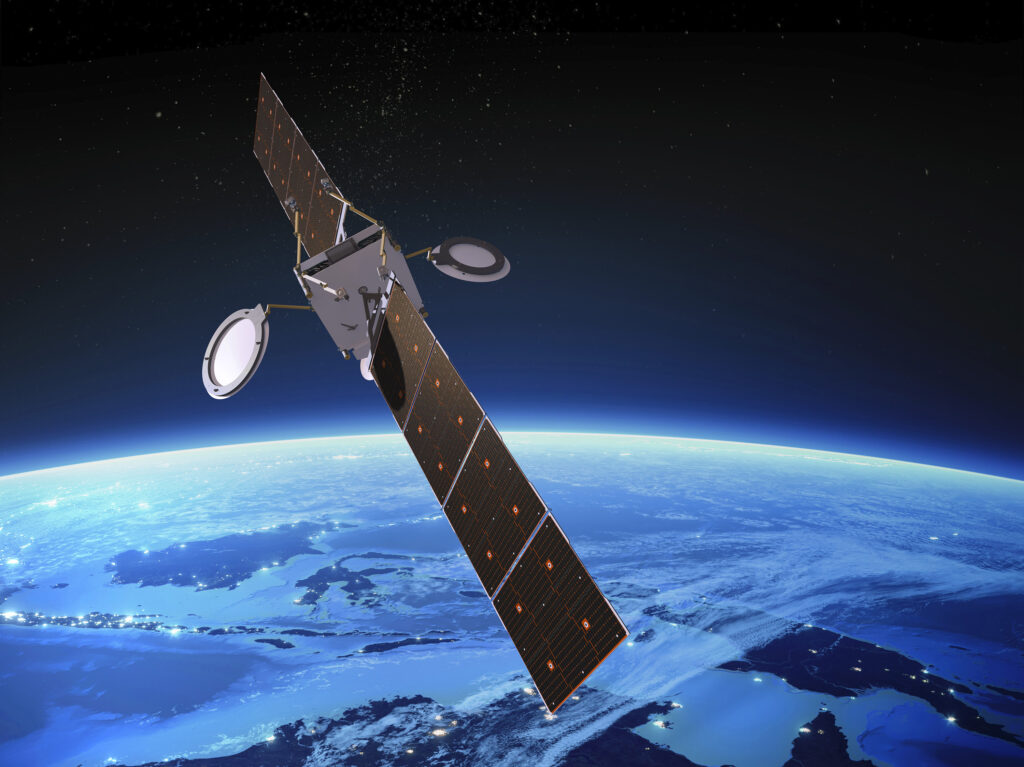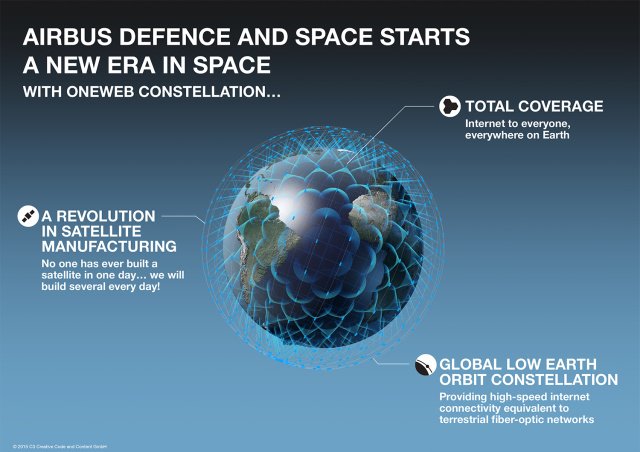Starting May 3, 2019, Lufthansa will offer its first direct flight between Frankfurt and Austin, Texas. This will be the airline’s third nonstop to Texas, adding to Dallas/Fort Worth and George Bush Intercontinental Airport in Houston. The flight will be operated by an Airbus A330-300, with service operating five times a week. Flight LH 468 will not operate on Tuesday or Thursday, and will have a flight time of about ten hours.
In addition to Austin, Lufthansa is also adding service between its Munich hub and Bangkok, Thailand. The route will begin operating on June 1, 2019, and will be flown by a new Airbus A350-900. Flight LH792 is scheduled to operate on a daily basis.
In other Lufthansa news, the airline announced it will hold “Fly Through Time: A celebration of the Golden Age of Aviation” on October 14, 2018 from 11am to 5pm in New York, NY.
The year was 1958. It was the Golden Age of aviation and Lufthansa was leading the way. The comfort, class and style of a trip on board Lufthansa’s Lockheed Super Constellation L-1649A aircraft was second to none. Every detail was thought of. Passengers dressed to the nines for travel. The flight was an event.
On October 14, New York City will be given the chance to Fly Through Time with a one-day immersive, innovative experience celebrating of the Golden Age of flight and the birth of Lufthansa‘s Senator Service on board the iconic Super Constellation aircraft, affectionately known as the “Super Connie.”
At the Fly Through Time experience, New Yorkers will be able use the power of augmented reality technology to see the Super Constellation virtually on the streets of SoHo, and dress themselves in the 1950s fashions of the Super Connie’s stylish passengers and crew. And of course, guests will enjoy the iconic sophistication of the ‘Senator Service’ First Class lounge in the skies, recreated for the perfect selfie.
We look forward to welcoming you on board the Fly Through Time experience, a celebration of the Lufthansa’s remarkable heritage.
Fly Through Time
October 14, 2018
11am-5pm
Duarte Square
6th Ave & Grand Street
New York, NY
And of course, guests will enjoy the iconic sophistication of the ‘Senator Service’ First Class lounge in the skies, recreated for the perfect selfie. #FlyThroughTime

